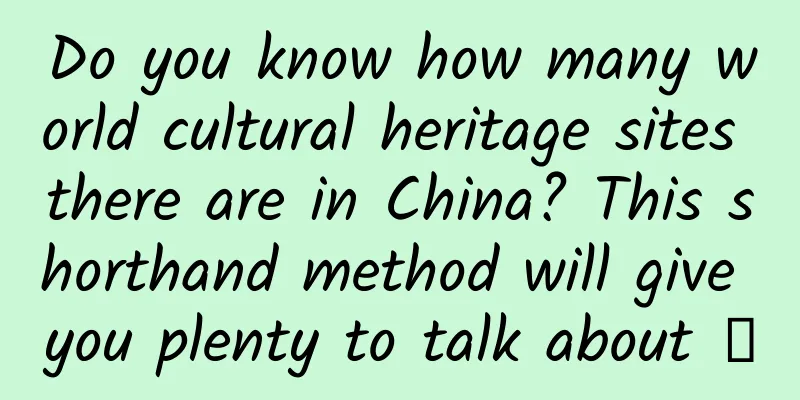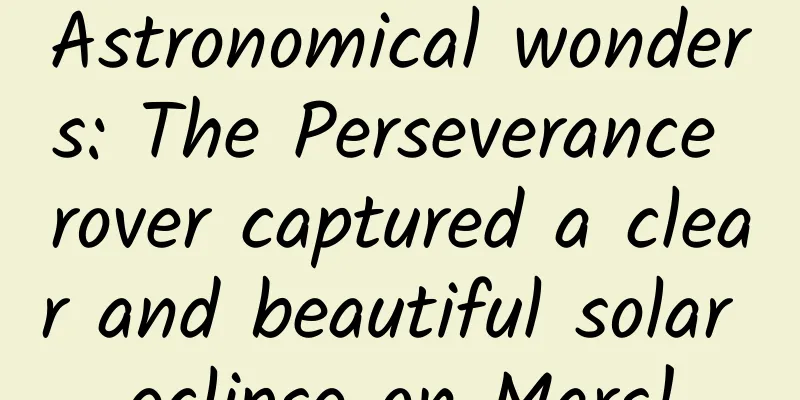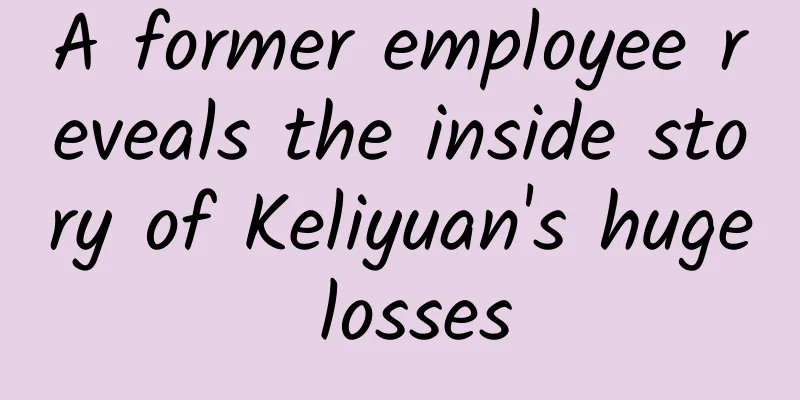Do you know how many world cultural heritage sites there are in China? This shorthand method will give you plenty to talk about →

|
On July 27, 2024, the 46th UNESCO World Heritage Conference, which is being held in New Delhi, India, passed a resolution to include China's application for "Beijing Central Axis - A Masterpiece of China's Ideal Capital Order" in the World Heritage List. So far, the number of Chinese world cultural heritage sites has reached 40 (excluding natural and cultural dual heritage sites). There is no doubt that these cultural heritages are an important capital for the Chinese people's cultural confidence and will play an increasingly important role in the cultural and leisure life of the public. However, in the face of a large number of world cultural heritage sites with complex names, how can we remember them quickly? Have you ever thought about similar problems? We have come up with two ways for you, you can try them! Figure 1: Some buildings on the central axis of Beijing Image source: whc.unesco.org/en/documents/205928 01 Method 1: Classification and grouping The first method is to classify and group them, and memorize them by name combination. The 40 cultural heritages can be divided into urban and rural settlements, imperial facilities, stone carving sites, cultural landscapes, and linear associations. Dividing them into five groups of heritage for memorization according to these five types should achieve good results. 1 11 items of urban and rural settlements It mainly refers to ancient cities, villages and related building combinations. Among them, there are 5 ancient city settlement types (Lijiang Ancient City, Pingyao Ancient City, Gulangyu Island, Quanzhou: China's World Ocean Trade Center in Song and Yuan Dynasties, Macau Historic District), 2 rural settlement types (Ancient villages in Southern Anhui: Xidi, Hongcun, Kaiping Diaolou and villages), and 4 building combination types (Wudang Mountain Ancient Buildings, Dengfeng Tiandi Ancient Buildings, Suzhou Classical Gardens, Fujian Tulou). 2 10 items of Imperial facilities Mainly refers to the facilities used by emperors and princes. Among them, there are 7 imperial-type facilities, including 2 facilities used for death (Qin Shihuang Mausoleum and Terracotta Warriors, Ming and Qing imperial mausoleums), 5 facilities used for survival (Forbidden City, Temple of Heaven, Summer Palace, Chengde Mountain Resort and surrounding temples, Beijing Central Axis - the masterpiece of China's ideal capital order); 3 facilities used by princes (King's mausoleum and noble tombs in the Goguryeo royal city, Confucius Mansion, Confucius Temple, Confucius Forest in Qufu, Potala Palace, Jokhang Temple, Norbulingka). It should be noted here that since Confucius was named "King Wenxuan" during the Tang and Song dynasties, the "Three Confucius Temples" are included in the category of princes' facilities here. 3 9 items in Stone Carving Sites It mainly refers to the heritage of grottoes, stone carvings and ruins and relics. Among them, there are 4 grottoes and stone carvings (Dunhuang Mogao Grottoes, Luoyang Longmen Grottoes, Yungang Grottoes, Dazu Rock Carvings), and 5 ruins and relics (Zhoukoudian Peking Man Site, Anyang Yin Ruins, Tusi Site, Yuan Shangdu Site, Liangzhu Ancient City Site). 4 6 cultural landscapes It mainly refers to the world cultural landscape heritage in cultural heritage, including Lushan Scenic Area, Wutai Mountain, Hangzhou West Lake Cultural Landscape, Honghe Hani Terraces Cultural Landscape, Zuojiang Huashan Rock Painting Landscape, and Pu'er Jingmai Mountain Ancient Tea Forest Cultural Landscape. 5 Linear joint 4 items It mainly refers to the linear heritage and other categories composed of multiple heritage resources, including 3 linear heritage items (the Great Wall, the Grand Canal, and the Silk Road) and 1 other combined item (Mount Qingcheng and Dujiangyan). 02 Method 2: Name simplification The second method is to simplify and combine the names to form short sentences or jingles for memory. After corresponding refinement, this article simplifies the names of 40 heritage sites, uses homophony, rhyme and other techniques, and combines them with the above classification to form the following 6 mnemonic short sentences. It should be noted that this is not a strictly standardized poem, but just a short sentence to help memory. World Cultural Heritage Mnemonics Far below the river is a spring, and the western rainbow spreads its wings in the evening. (Sentence 1) In Wudang and Shaolin, gardens and earthen buildings flourished. (Sentence 2) The middle axis is full of summer heat, and Qin Yi is full of bright days. (Sentence 3) Three-hole Goguryeo, draw the bow and shine the clear sky. (4th sentence) The Dusi leads to a good marriage, and the clouds and dragons in the desert are startled. (Sentence 5) The lake fields are along the tea mountains, and I long for the clear river. (Sentence 6) 1) Sentence 1 + Sentence 2 correspond to 11 cultural heritage items of urban and rural settlements. The analysis table is as follows: 2) The third and fourth sentences correspond to the 10 cultural heritage items of imperial facilities. The analysis table is as follows: 3) The fifth sentence corresponds to 9 cultural heritages of stone carving sites, and the analysis table is as follows: |
>>: From weed to staple food, the 10,000-year history of China's rice counterattack
Recommend
Short video production of foreign beauties holding signs, orders are placed all year round!
The beauty sign-holding team includes the Russian...
S Business School_14-day WeChat Moments copywriting training camp
S Business School 14-day WeChat Moments Copywriti...
Nine blogs to watch for hybrid mobile app developers
[51CTO.com Quick Translation] The rapid populariz...
Reiner Klement, Vice President of Qualcomm: How will “5G+AI+Cloud” transform future industries?
The 2019 International Industrial Internet Innova...
When people in their 50s or 60s go to the hospital for a physical examination, what items should they focus on?
More and more people are paying attention to thei...
Huang Daozhu's sharing session, Huang Daozhu's virtual project 3.0 course
The copyright-free virtual course project worth 9...
A comprehensive guide to APP promotion and operation knowledge: [Exchange]
What is exchange? n The significance of exchange ...
WeChat has launched a feature that does not shut down your phone when you owe money on time, which means you can still use your phone if you owe 100 yuan
[[432032]] I believe everyone has encountered the...
If you don't dance well, it's not only a small matter that you can't get out of bed, but you may even lose your life!
You may not know: In the animal world, there is a...
I also sleep ten hours a day, can I become a champion?
Author: Zhang Yilin Recently, the 18-year-old Gu ...
8,000 words long article! Detailed explanation on how to quickly reconstruct the operation strategy of private domain e-commerce
Recently, I have been busy communicating with dif...
Did aliens really draw a circle in the desert?
In the desert grasslands of Namibia in southern A...
The 4 necessary stages of KOL placement
Compared with the mature information flow adverti...
From 1G to 5G, the road to rebirth for Foxconn, Apple, Samsung, and Huawei after 46 years of screen changes
Samsung took the lead, followed by Huawei, and fo...
World's first! Gene-edited pig heart transplanted into human body
The University of Maryland School of Medicine iss...









